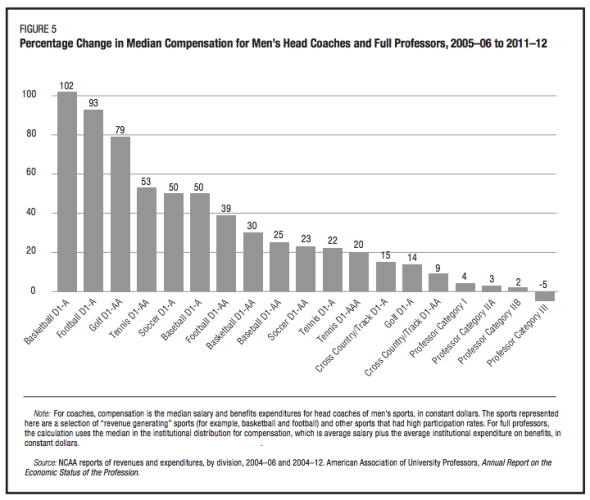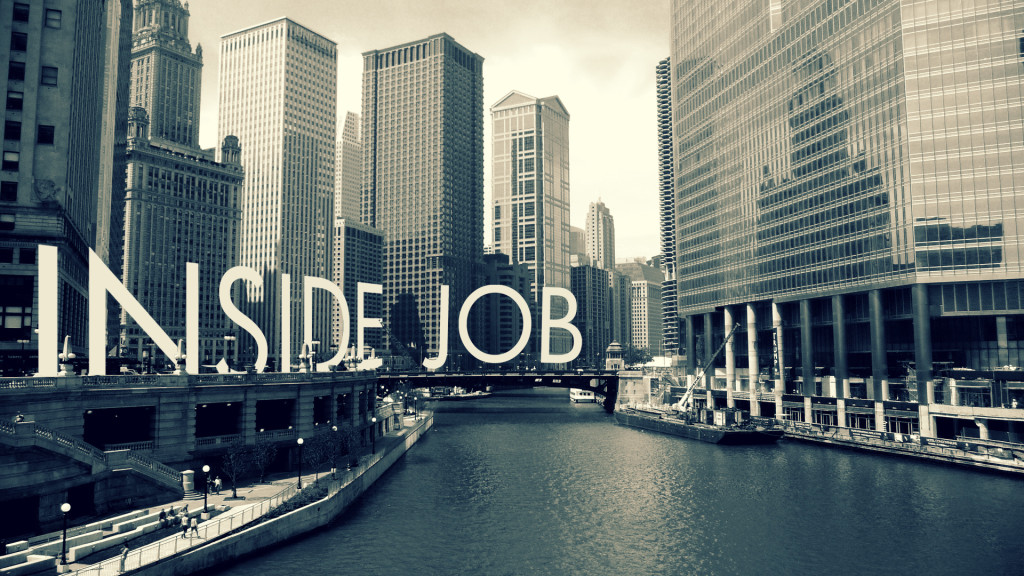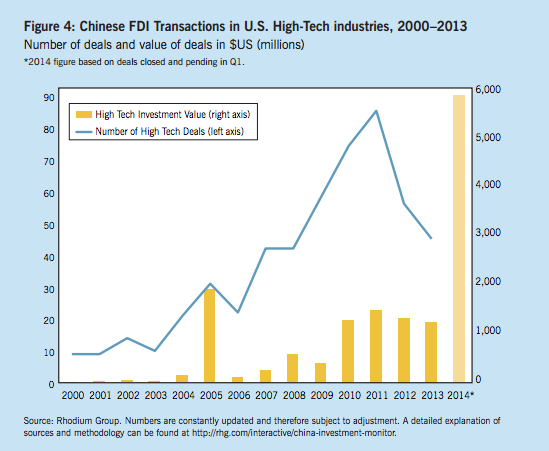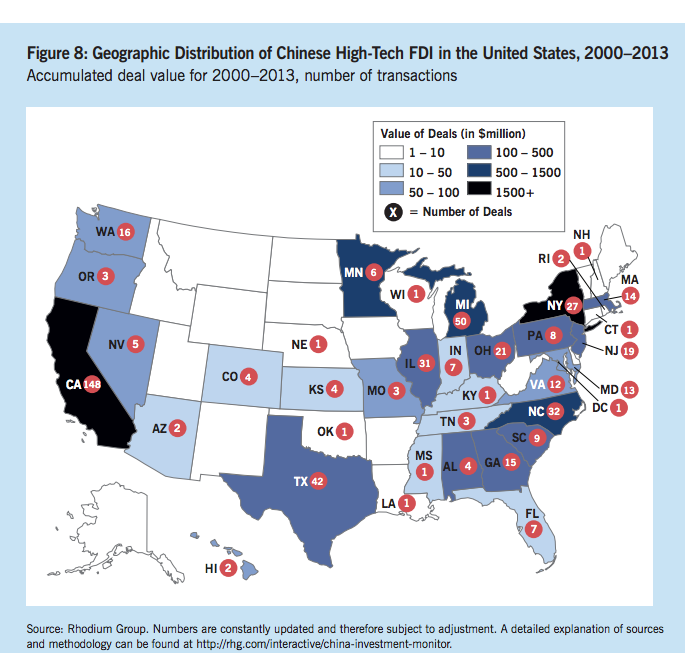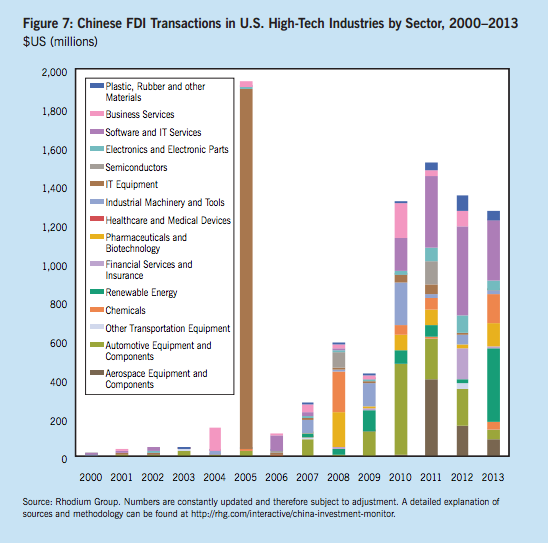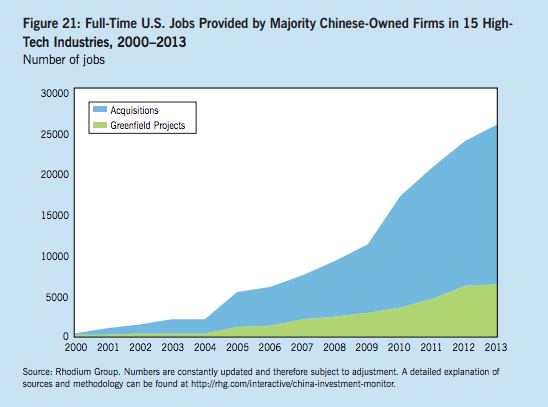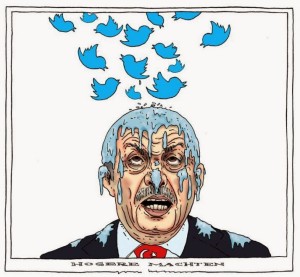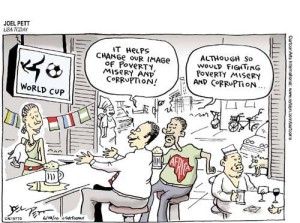Who would have that one of the world’s most popular smartphone companies just a few years ago is now asking itself if it wants to stay in the handset market?
Blackberry has gone from the smartphone that everyone must have with its clever BBM messaging system, where blackberry users could message each other similar to what we now have with iMessages for the iPhone. According to newly appointed CEO John Chen, Blackberry may be forced to reexamine the types of products it will offer with its dwindling share of the US and worldwide smartphone market. This statement should come to no surprise to the American public who have moved on to iPhones and Samsung phones, and with Blackberry occupying a measly 2% of the smartphone market.
In an attempt at cutting the cost for the Blackberry, top executives have teamed up with Foxconn, where they will revamp productions on their newest line of phones. Previously the smartphone company had most of its products manufactured on the United States and Europe, and with the move to China, labor costs should help alleviate their $5.9 billion loss in the fiscal year.
Signs of hope?
With a cheaper phone, Blackberry will now be able to compete in the global market, with the iPhones somehow struggling in this area due to higher cost of the phones outside of the US. The reason for the higher cost internationally is because iPhones are not subsidized elsewhere like they are here. Meaning Blackberry is attempting to attain a bigger grab on the low-end devices with their smartphones and tablet. This is something that Apple has been very clear about not doing. But Blackberry’s new game plan does not stop their, along with other phone companies, they plan on tapping into the auto-entertainment as well as healthcare systems. But perhaps the biggest breakthrough for Blackberry is through the messaging that once saw the smartphone hold 50% share of the market during its peak. In the new BB-10 phones, users can now use eBBM, which is a messaging system that does not user the internet like iMessages, but Blackberry’s private network, which also heightens security measures.
One could look at Blackberry’s performance in the past fiscal year and determine that the marketplace has decided that its phones can no longer be the success it once was, but with a new CEO who has begun streamlining the company in order to compete with the smartphone giants, I think it’s too soon to write off Blackberry… for now.
